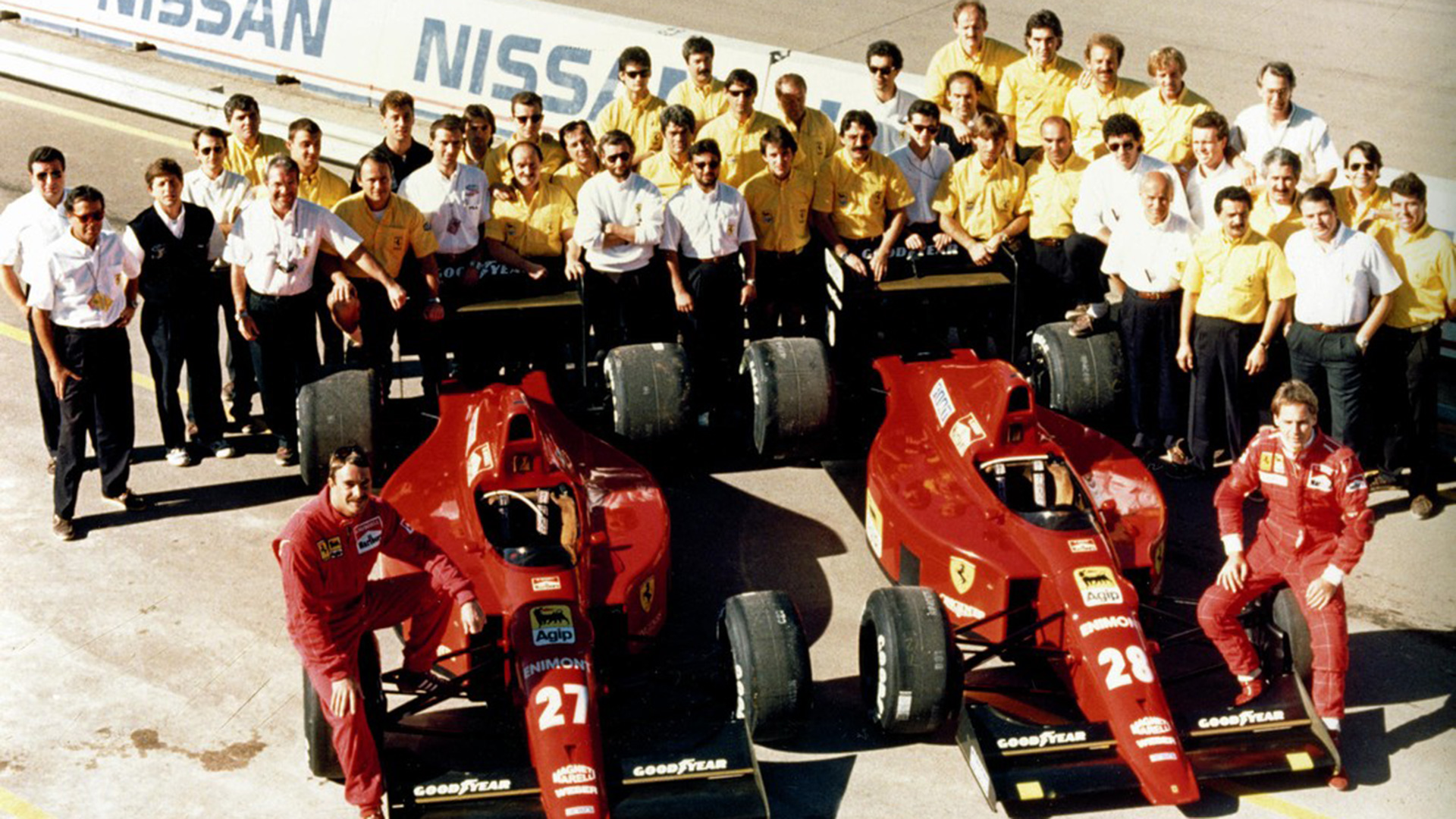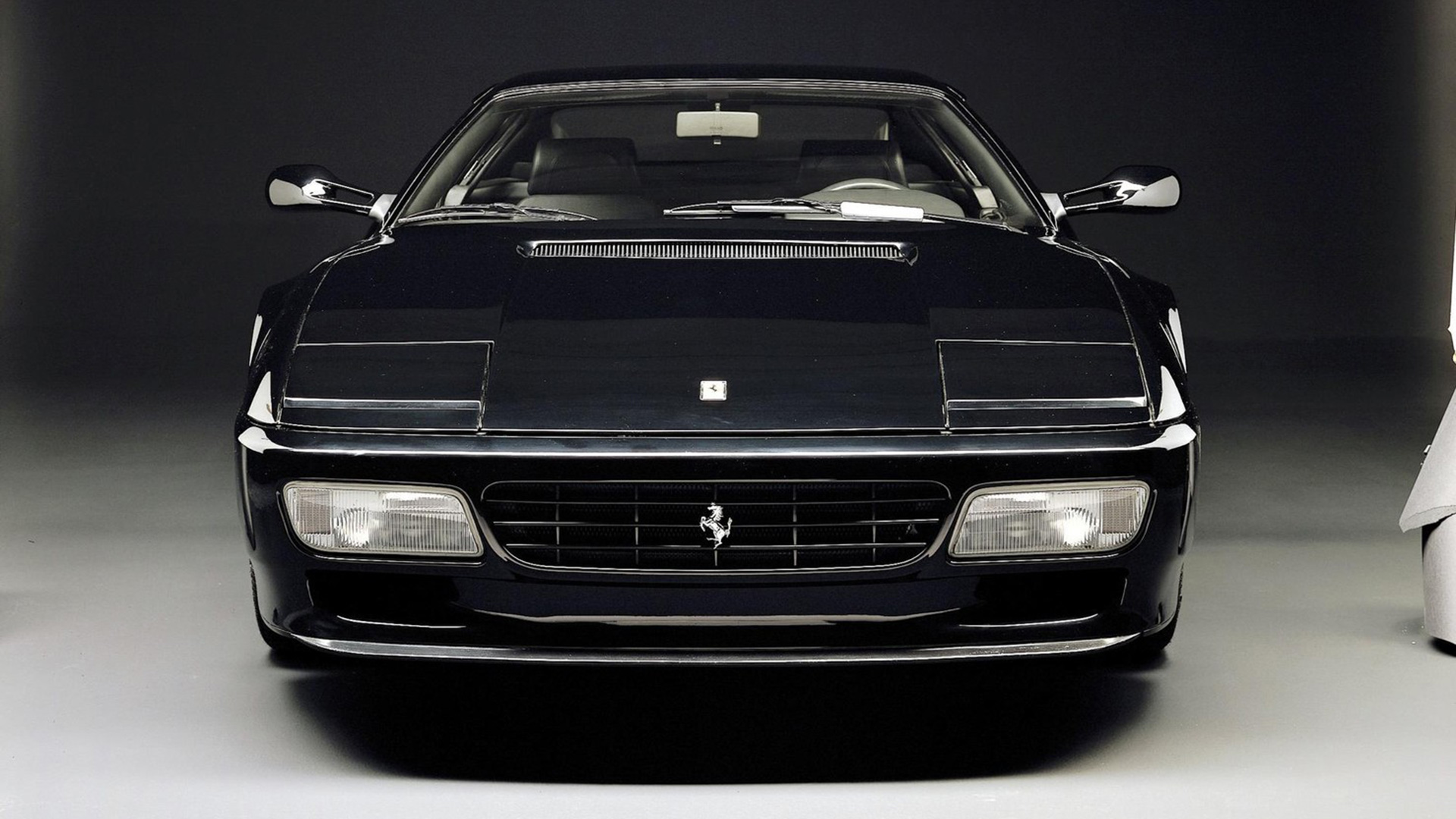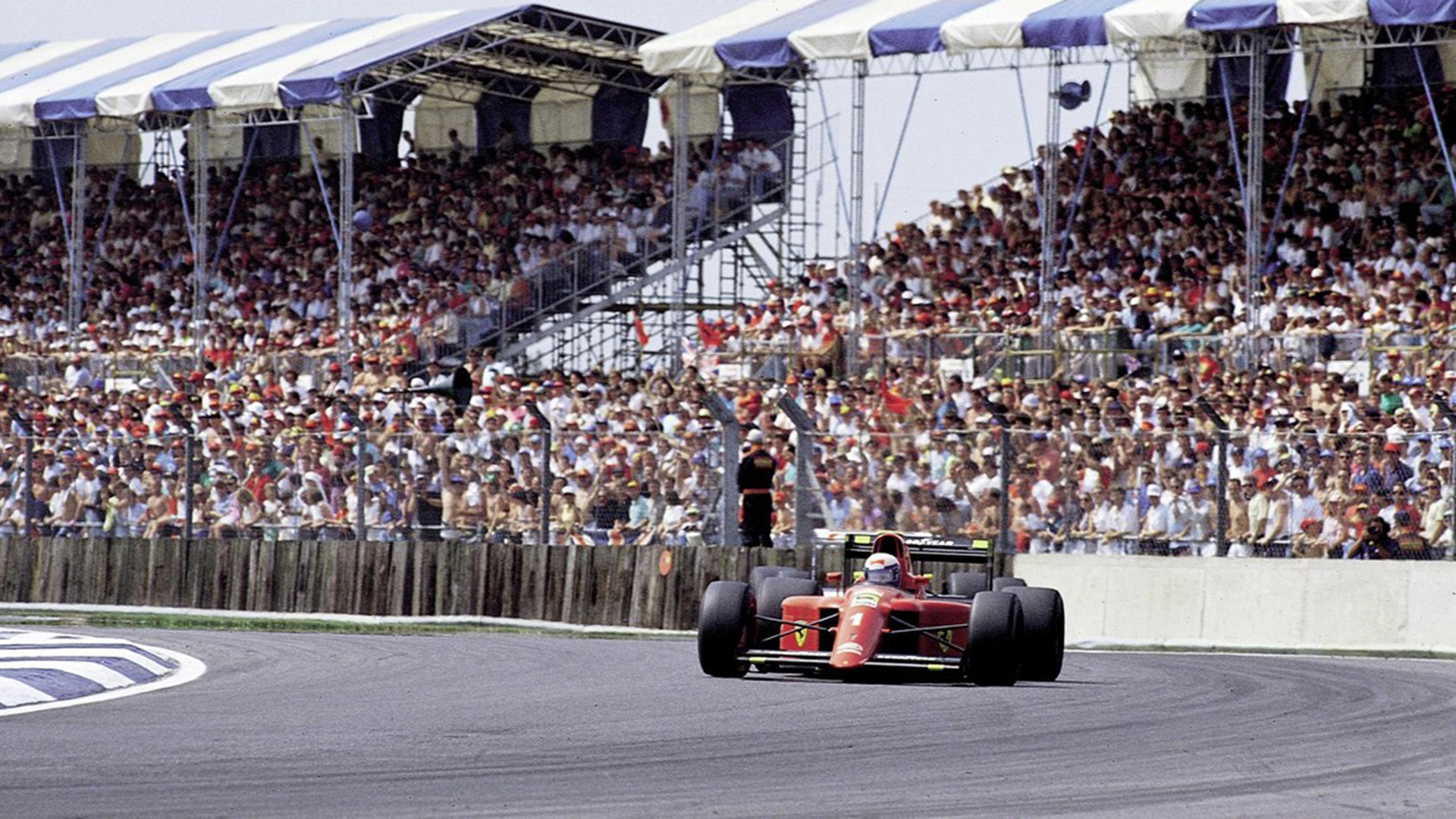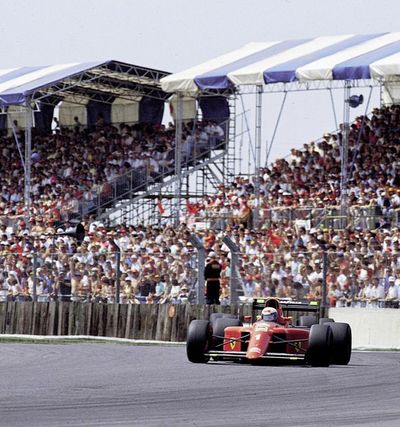







100TH F1 WIN
100 F1 WINS FOR SCUDERIA



100TH F1 WIN
On Friday, 6 July 1990 the Paul Ricard Circuit in Le Castellet celebrated its 20th birthday by hosting the French Formula 1 GP for the final time. It was the seventh race of a season that was panning out as expected, with another great duel between Ayrton Senna for McLaren and the champion Alain Prost who, over the winter, had moved to Ferrari and was fresh from victory in Mexico. The Frenchman had already won in Brazil, home of his rival, while Senna had triumphed in Phoenix, in the USA, Monaco and Canada.

Riccardo Patrese won the day with the Williams at San Marino. At Paul Ricard Ferrari looked on the same form as when it dominated in Mexico City. Nigel Mansell took pole position, but Prost was just as satisfied after having to qualify with his race engine when the more powerful unit went up in smoke in practicing. The Frenchman was fourth, behind the two McLarens of former Ferrari driver Gerhard Berger and Senna. The tyres were the main concern ahead of the race, with the fear that two pit stops would be needed to complete the race. But one previously insignificant team had an ace up its sleeve. Leyton House, formerly March, had a car that adhered so tightly to the regulations that drivers Ivan Capelli and Mauricio Gugelmin failed even to qualify in Mexico. The designer, 27-year-old Adrian Newey, had just left the team, but before leaving he introduced an aerodynamic update on the CG901 that really suited the Le Castellet track. While all the teams were concentrated on finishing the race on only one stop, Leyton House was preparing a coup: to finish the race without a pit stop. At the start Berger overtook Mansell while Senna was third ahead of Prost. The early part of the race was slow and it was the tyre changes that made the difference. Prost’s car came into the pits on Lap 26 and set off again seven seconds later. Shortly after, Mansell also stopped while the McLarens stayed out until after lap 30. Senna overtook Berger who lost 12 seconds in the pits, not a good stop but it was nothing compared to what Senna would lose – 16 seconds – on his later pit stop. It would all have been looking good for Ferrari were it not now clear that the two Leyton House cars would try to go the whole way without stopping.
Mansell was forced to retire while Prost caught up with Gugelmin although overtaking was rather tricky. Leyton House’s new aero package allowed the British car to exit the bends better than the Ferrari, which then, on the straight, failed to take advantage of the superior power of its V12 to drive home an attack.

Gugelmin held out for a long time but eventually gave way to Prost who slowly also closed in on Capelli. It was the 60th of 80 laps and, again, it was a mistake to think that it would be easy for the Frenchman to overtake the Italian. Capelli was having the best race of his career, one which in fact earned him a salary at Ferrari in 1992. He fought tooth and nail, only succumbing to the Ferrari with three laps to go. Prost crossed the line first in front of Capelli and Senna. This was Ferrari’s 100th win, while Alain, with his second consecutive victory, threw the world championship race open again, now just three points behind the Brazilian. Maranello led the constructors’ rankings, followed by McLaren on 83 points, Lotus 79, and Williams 43. A few hours later, at the Olympic Stadium in Rome, Germany and Argentina kicked off for the World Cup final, but for Italian fans the day’s most important match was already won.
